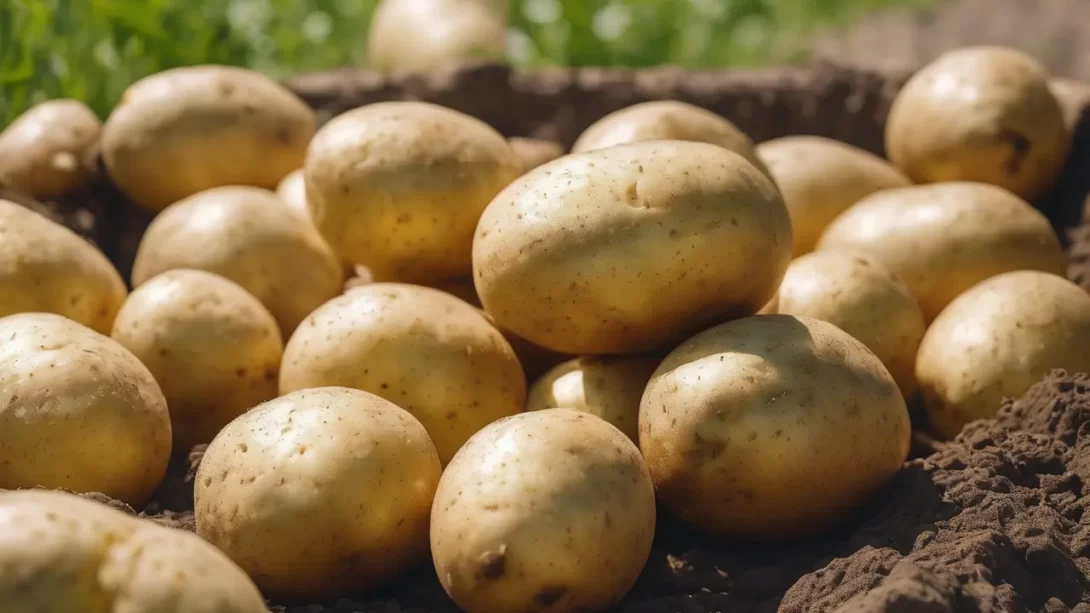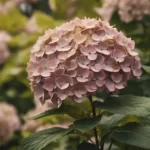Louisiana, with its unique climate and rich soil, offers a great environment for growing potatoes. These versatile tubers, a staple in many diets, require specific timing for planting to ensure a bountiful harvest. Understanding the right time to plant potatoes in Louisiana is crucial for gardeners aiming to maximize their yield and enjoy the fruits of their labor.
Potato Varieties
There are several potato varieties that thrive in Louisiana’s climate, each with its own planting and harvesting schedule. These varieties can be categorized into early, mid-season, and late-season types. Early varieties, like ‘Yukon Gold’ and ‘Red Pontiac’, are ideal for a quick harvest, while mid-season and late-season varieties, such as ‘Kennebec’ and ‘Russet’, take longer to mature but often yield a larger crop. Choosing the right variety is the first step in aligning your planting schedule with Louisiana’s growing conditions.
Best Time to Plant
In Louisiana, the planting season for potatoes typically begins in late January to early February. This early start takes advantage of the cooler late winter and early spring temperatures, which are ideal for potato growth. Planting during this period allows the potatoes to establish themselves before the heat of summer sets in. For gardeners in northern Louisiana, waiting until the first week of February is advisable to avoid the risks of frost damage. In southern parts of the state, where the climate is milder, planting can begin as early as late January.
Soil Preparation for Potatoes
Potatoes grow best in well-drained, loose soil. In Louisiana, the soil can range from sandy to heavy clay, so it’s essential to prepare the ground appropriately. Start by adding organic matter such as compost or aged manure to enrich the soil and improve its structure. The ideal pH level for potatoes is slightly acidic, between 5.0 and 6.0. Conducting a soil test can be helpful in determining if any adjustments are needed. Till the soil to a depth of 10-12 inches to allow for easy root growth and tuber development.
Planting Process
When planting potatoes in Louisiana, cut seed potatoes into pieces, each containing one or two eyes (buds). Let these cut pieces dry for a day or two to form a callous over the cuts, which helps prevent rot. Plant the seed pieces about 3 inches deep in the soil, with the eyes facing upward. Space the pieces about 12 inches apart in rows, with each row approximately 36 inches apart. This spacing gives the plants enough room to grow and makes it easier to hill the soil around them as they develop.
After planting, water the potatoes thoroughly. It’s important to keep the soil consistently moist but not waterlogged. Potatoes need about 1 to 2 inches of water per week, either from rainfall or irrigation. As the plants grow, hill the soil around the base of the plants to cover the emerging tubers and prevent them from being exposed to sunlight, which can turn them green and toxic.
Climate Considerations
Louisiana’s warm climate can pose some challenges for potato growing. The key is to get the potatoes in the ground early enough so that they can mature before the hottest part of summer. During particularly warm spells, it’s crucial to maintain consistent moisture in the soil, as potatoes are sensitive to both drought and heat stress. Mulching around the plants can help retain soil moisture and keep the soil cooler.
In areas of Louisiana where the soil is more clay-heavy, improving drainage is vital to prevent waterlogging, which can lead to rot. Raised beds can be an effective solution in these situations, offering better drainage and easier temperature control for the soil.
Pest and Disease Management
Potatoes in Louisiana can be susceptible to various pests and diseases. Common pests include the Colorado potato beetle and aphids, while diseases like early blight and scab can also pose a threat. To manage these issues, practice crop rotation and choose disease-resistant varieties when possible. Regular inspections of your potato plants can help catch any problems early. If pests are detected, organic options like neem oil or insecticidal soap can be effective. For diseases, proper watering techniques and avoiding overhead irrigation can reduce the spread of fungal spores.
Harvesting and Storage
Potato harvesting in Louisiana usually begins in late May to early June for early varieties, and can extend into July for mid- and late-season types. Harvest early varieties when the flowers begin to bloom for new or baby potatoes. For mature potatoes, wait until the foliage starts to yellow and die back. Carefully dig up the potatoes, trying not to damage the tubers.
After harvesting, cure the potatoes by letting them sit in a dry, shaded, and well-ventilated area for a couple of weeks. This process toughens their skin, preparing them for storage. Once cured, store the potatoes in a cool, dark, and dry place with good air circulation. Properly stored potatoes can last several months.
Conclusion
Planting potatoes in Louisiana requires understanding the right timing, soil preparation, and care specific to the region’s climate. By selecting the appropriate varieties and following these guidelines, gardeners can enjoy a successful harvest of this versatile and beloved crop. Remember, the key to a bountiful potato harvest lies in early planting, consistent care, and effective pest and disease management. With patience and attention, you can turn a simple spud into a garden treasure. Happy gardening!




